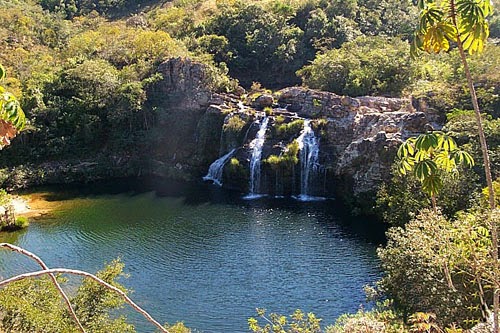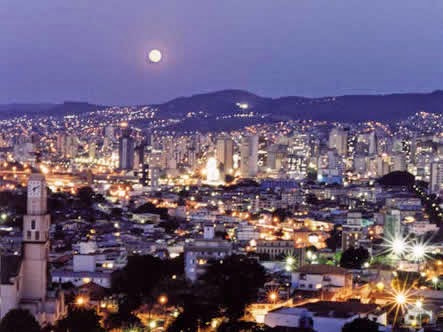quinta-feira, 29 de maio de 2014
Cities of Minas Gerais - Cidades de Minas Gerais
History of Minas Gerais - História de Minas Gerais
The state of Minas Gerais began to be explored for the first time in the sixteenth century, when the pioneers entered the region in search of gold and precious stones .
When he learned that the area was rich in minerals and natural resources , the Portuguese Crown founded the first town in Minas Gerais in 1711 , in the town of Mariana . With attractive , the region has experienced rapid population growth and soon became an important economic center of the country .
Even ith the extraction , Portugal created rigid ways of collecting more taxes from ores , as well as hindering the development of other activities that could ensure more income to the province , the export of food , tobacco, cotton and sugar .
The neglect of the Portuguese just posing in a major anti-colonial movements of the eighteenth century: the Minas Conspiracy . Inspired by the French Revolution of 1789 , many intellectuals , religious and landowners met with the intention of ridding the state of Portuguese rule . The spread of republican ideals left the Lusitanian monarchy on alert , especially with the suspicion of conspiracies that threaten the stability of the government.
In this insurrectionary movement , Joaquim José da Silva Xavier , Tiradentes , was betrayed and murdered in front of the crowd by hanging on April 21, 1792 .
With embargoes around the ore , the state of Minas Gerais only managed to stabilize its economy with the marketing of coffee , which gave gas to the massive investment in transport and export of the product in other regions .
The coffee was the first step towards the industrialization of the state. Thus , companies who inject private capital in the region gave impetus to the creation of small and micro enterprises in food , textile and steel sectors . In the early twentieth century, coffee was the main product of the country , causing the state to become a major power ( besides São Paulo ) .
However , in the 1970s , with the military regime , industrialized cities such as São Paulo , Rio de Janeiro and Belo Horizonte even won a large amount of investment , which eventually destabilized the inner cities , which have become dependent on industrial centers .
Even today , Minas Gerais is one of the richest states in Brazil . Its territorial extension comprises the nations of France and Belgium, and its population is estimated at 20.1 million.
(O descaso dos portugueses acabou suscitando em um dos principais movimentos anticoloniais do século XVIII: a Inconfidência Mineira. Inspirados pela Revolução Francesa de 1789, diversos intelectuais, religiosos e proprietários rurais se reuniram com a intenção de livrar o estado do domínio português. O alastramento dos ideais republicanos deixou a monarquia lusitana em alerta, principalmente com a suspeita de conspirações que ameaçassem a estabilidade do governo.
Neste movimento de insurreição, Joaquim José da Silva Xavier, o Tiradentes, foi traído e assassinado em frente à multidão por enforcamento no dia 21 de abril de 1792.
Com os embargos em torno do minério, o estado de Minas Gerais só conseguiu estabilizar sua economia com a comercialização do café, que deu gás para o investimento maciço em transportes e a exportação do produto em outras regiões.
O café foi o primeiro passo para a industrialização do estado. Desta forma, as empresas que injetavam capital privado na região deram impulso para a criação de pequenas e microempresas nos setores alimentícios, têxteis e siderúrgicos. No início do século XX, o café era o principal produto do país, fazendo com que o estado se tornasse uma das maiores potências (além de São Paulo).
Entretanto, na década de 1970, com o Regime Militar, capitais industrializadas como São Paulo, Rio de Janeiro e até mesmo Belo Horizonte ganharam um grande volume de investimento, o que acabou desestruturando as cidades interioranas, que se tornaram dependentes de polos industriais.
Ainda hoje, Minas Gerais é um dos estados mais ricos do Brasil. Sua extensão territorial comporta as nações da França e Bélgica e sua população é estimada em 20,1 milhões de habitantes.)
Assinar:
Comentários (Atom)





